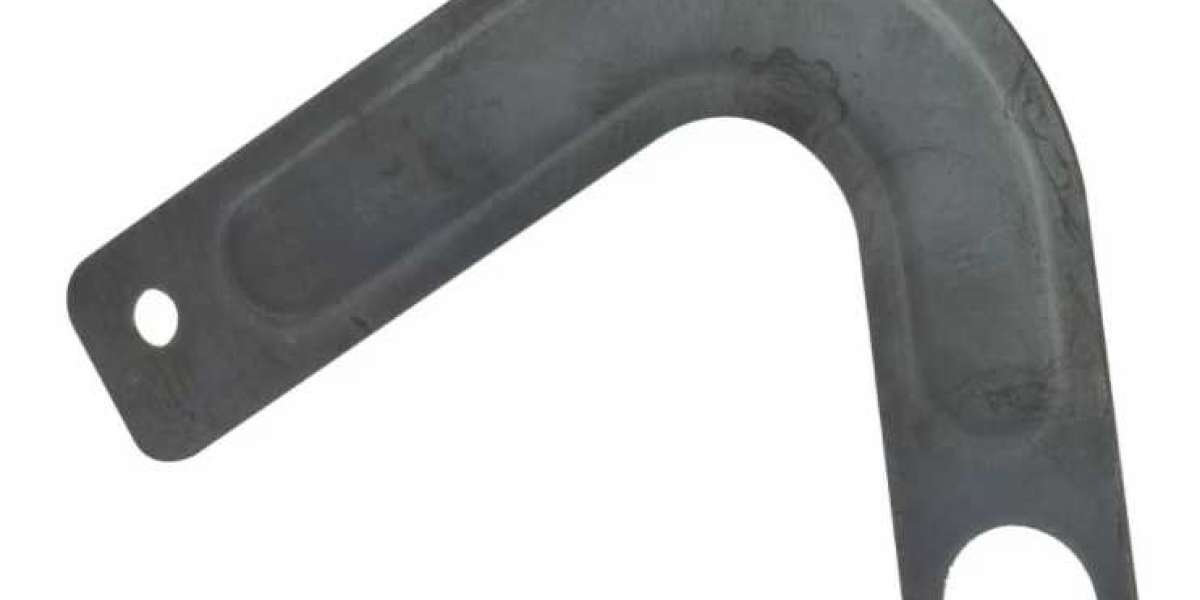Difficult to process materials, complex shapes of workpieces, and frequent small-batch production put high demands on the processing of professional medical parts. In the new wave of global economic integration, the accelerated transfer of global manufacturing to mainland China is already In the general trend, China will gradually develop into a world-class medical parts manufacturing base.
From the perspective of future development trends, the global medical parts market is expected to grow by 3% to 5% annually in the next five years. At this growth rate, we are still firmly ranked first in the world. From the perspective of the supply of domestic medical parts, domestic medical parts occupy the mainstream position, reaching 65%. For precision parts, the processing is very strict, and the processing procedures include cutting in and out. There are specific requirements for size and accuracy, such as 1mm plus or minus micrometers, etc. If the size is too large, it will become a waste product. At this time, it is equivalent to reprocessing, which is time-consuming and laborious, and sometimes even makes the entire processed material scrapped. This has caused an increase in cost, and at the same time, the parts are definitely unusable. So what standards and requirements should the precision machining of medical parts follow? Now I will introduce it to you because of the editor.

1. Precision requirements: mainly the size requirements, such as the diameter of the cylinder, there are strict requirements, and the positive and negative errors are within the specified requirements to be qualified medical parts, otherwise they are all unqualified medical parts; the length, width and height are also specific Strict requirements. There are also regulations for positive and negative errors. For example, an embedded cylinder (take the simplest basic component as an example). If the diameter is too large and exceeds the allowable range of error, it will cause the situation that it cannot be inserted. The actual diameter is too small and exceeds the lower limit of the allowable negative value of the error, which will cause the problem of too loose and weak insertion. These are unqualified products, or the length of the cylinder is too long or too short, which exceeds the allowable error range. They are all unqualified products. They must be discarded or reprocessed. This will inevitably increase the cost.
The requirement of precision medical parts processing is actually the most important size problem. It must be processed strictly in accordance with the additional drawings. The actual size of the processing will definitely not be exactly the same as the theoretical size of the drawing, but as long as the processing size is within the allowable range of error Inside are all qualified parts, so the requirement for precision medical parts processing is to process strictly in accordance with the theoretical dimensions.
2. The second is advanced precision medical parts processing equipment and testing equipment. Advanced processing equipment makes it easier to process precision medical parts, with higher precision and better results. Testing equipment can detect medical parts that do not meet the requirements, so that all products sent to customers can truly meet the requirements.
The above are the requirements for precision machining of medical parts, and I hope it will be helpful to everyone. Zhongshan Yingyun Hardware is a manufacturer of medical parts. The medical parts produced are widely praised by customers. If you are interested, please contact us and look forward to your news.



